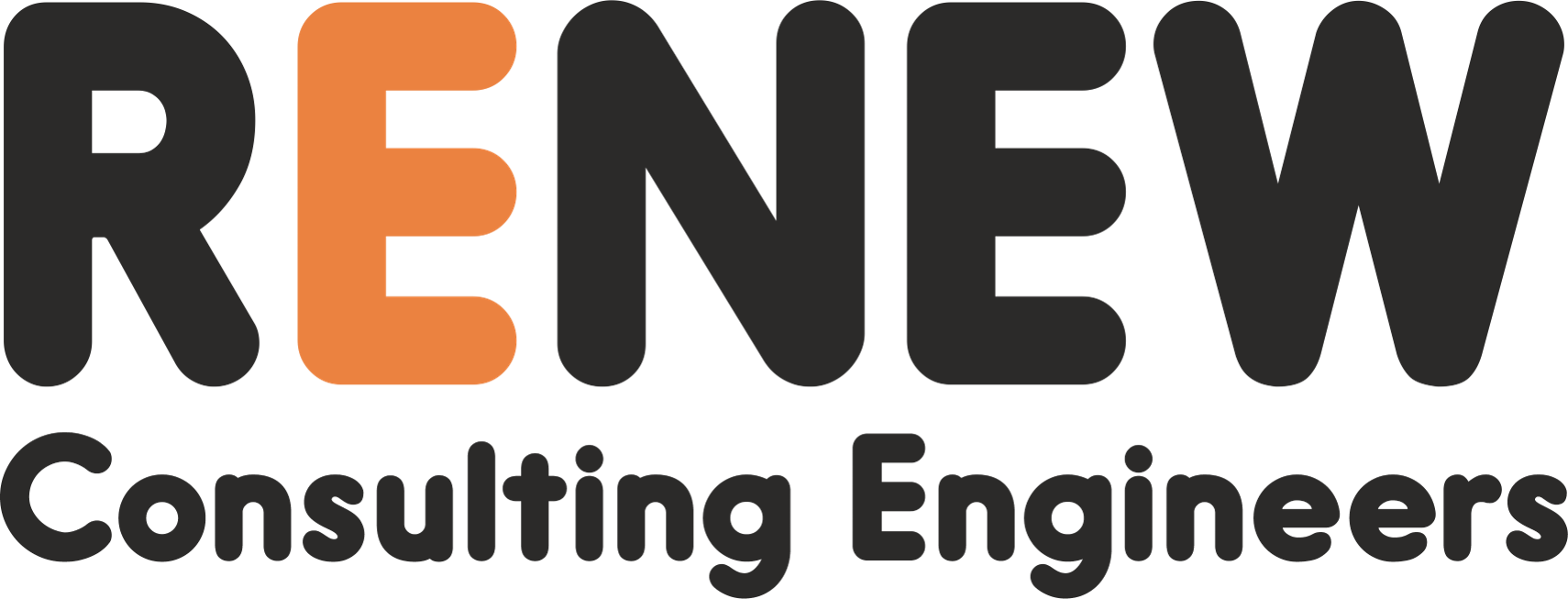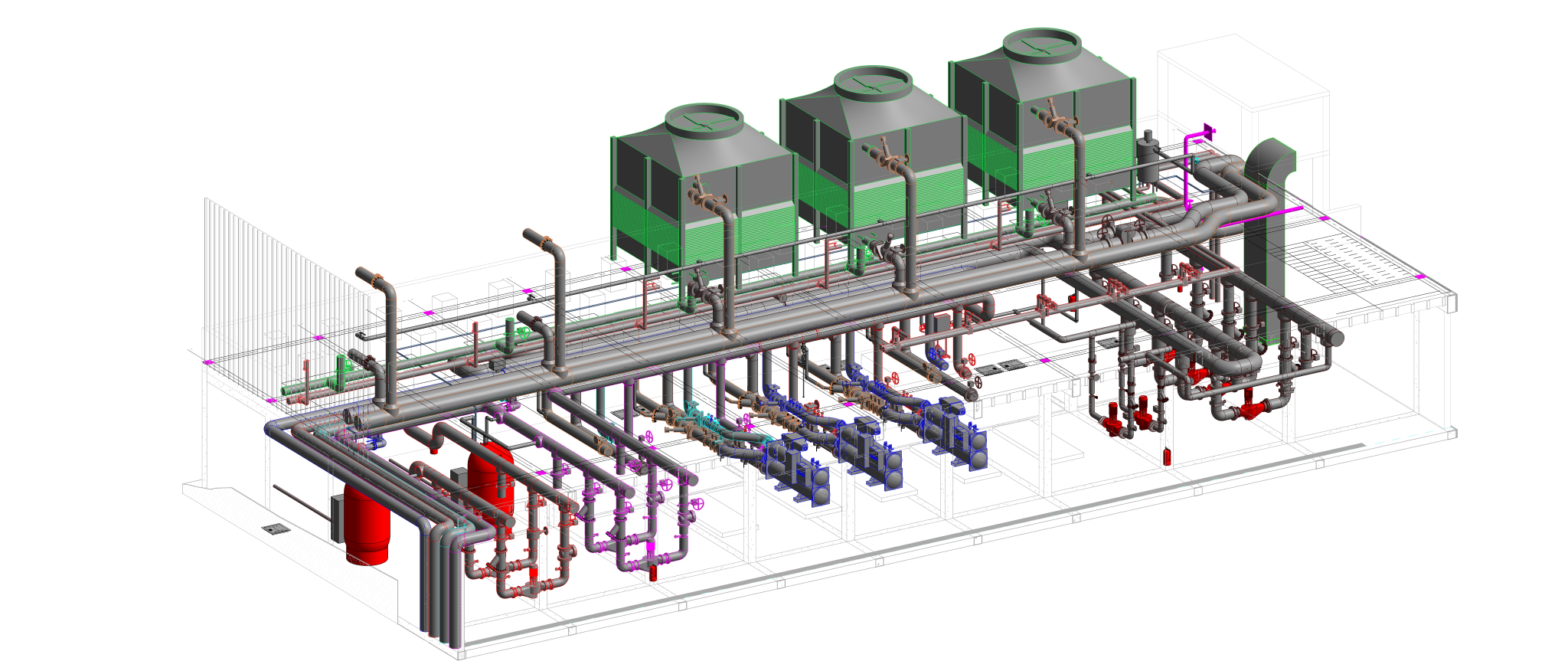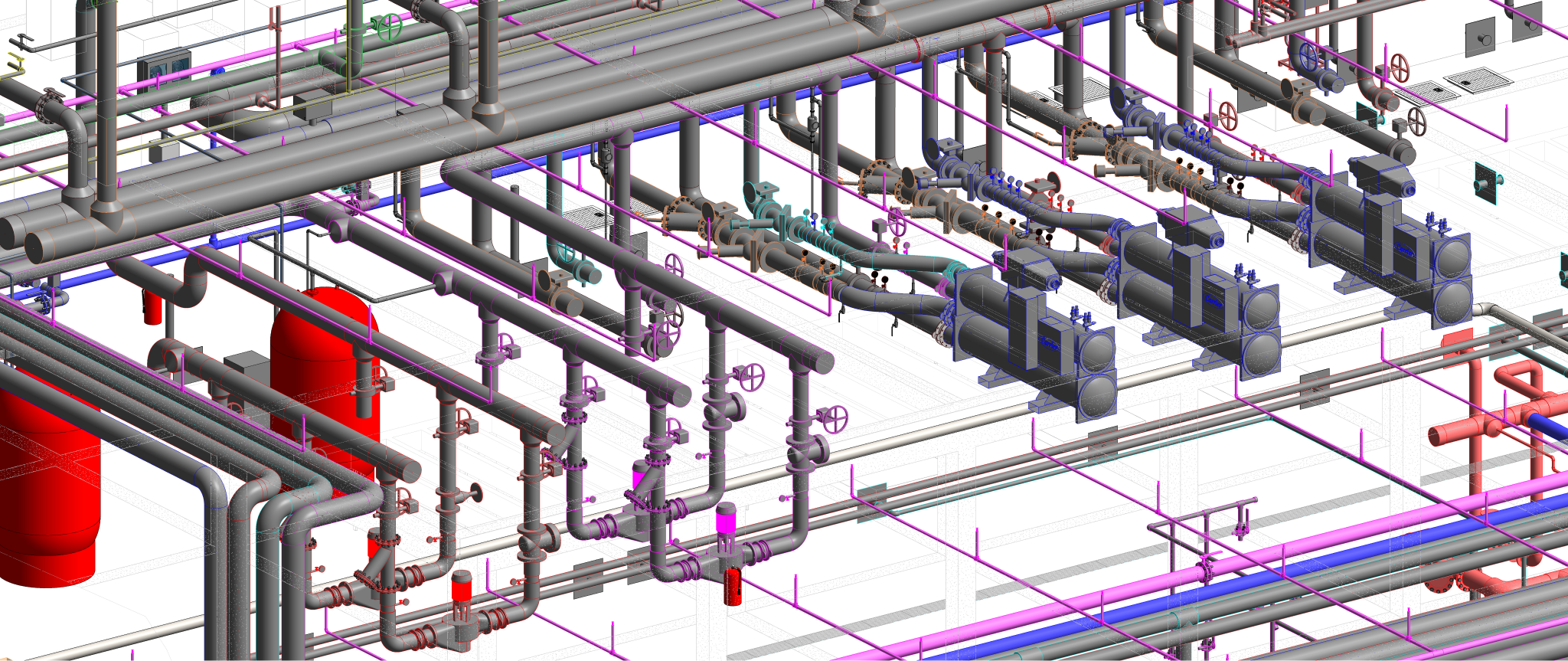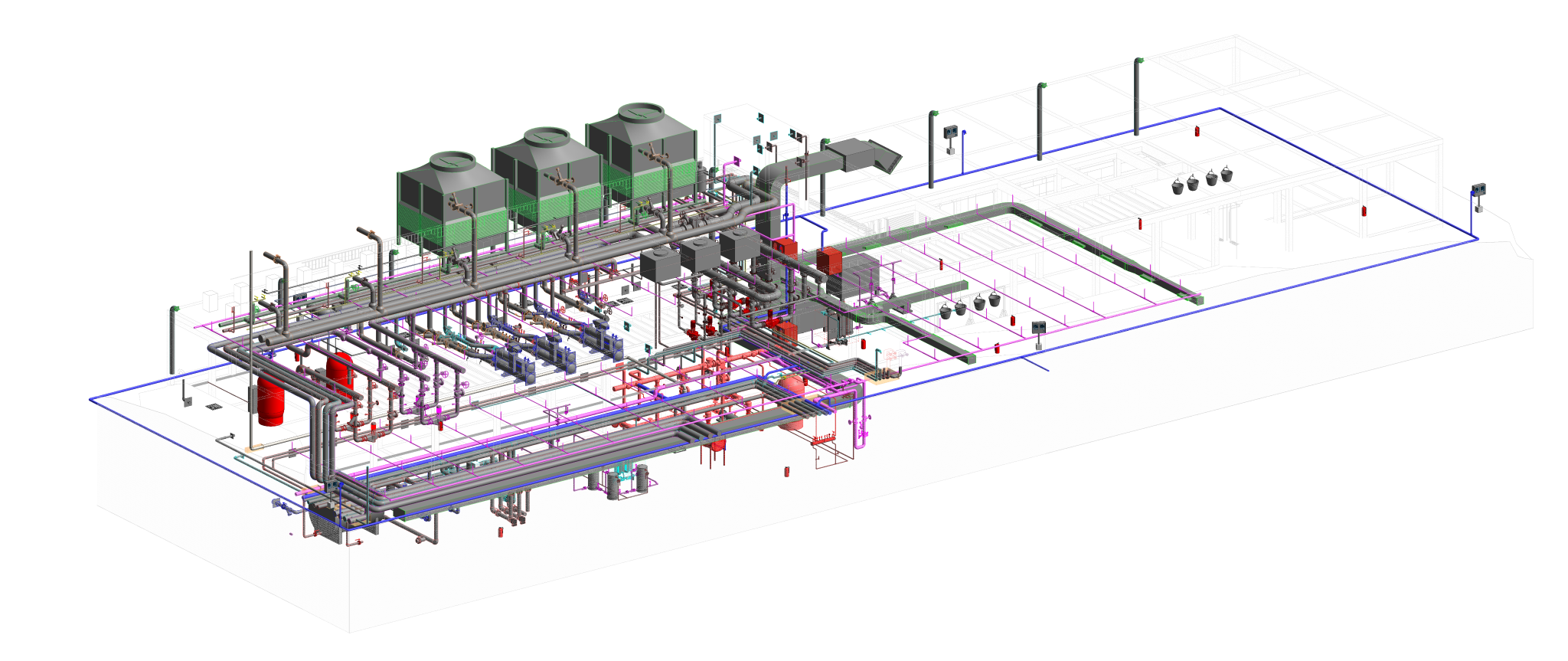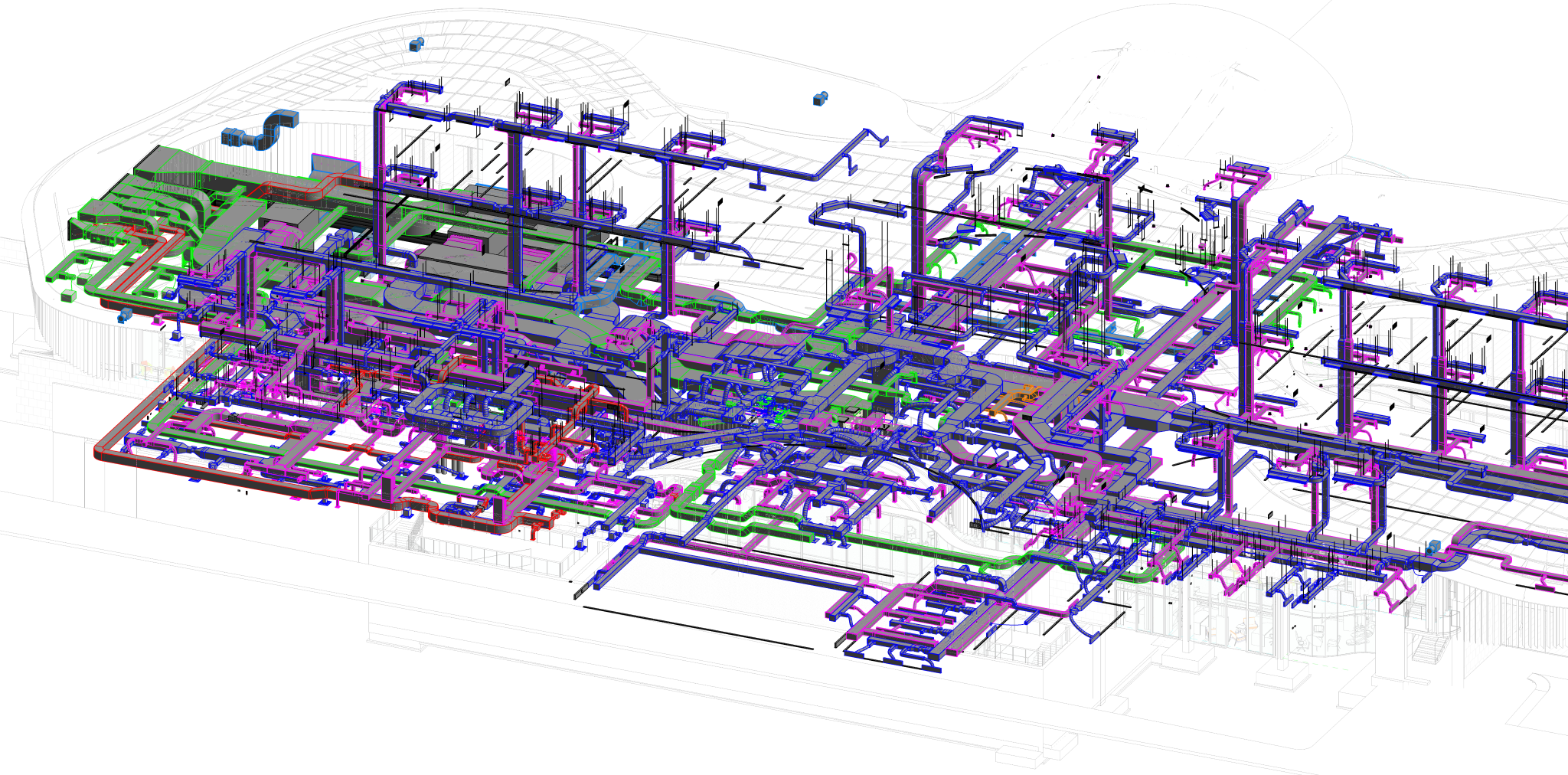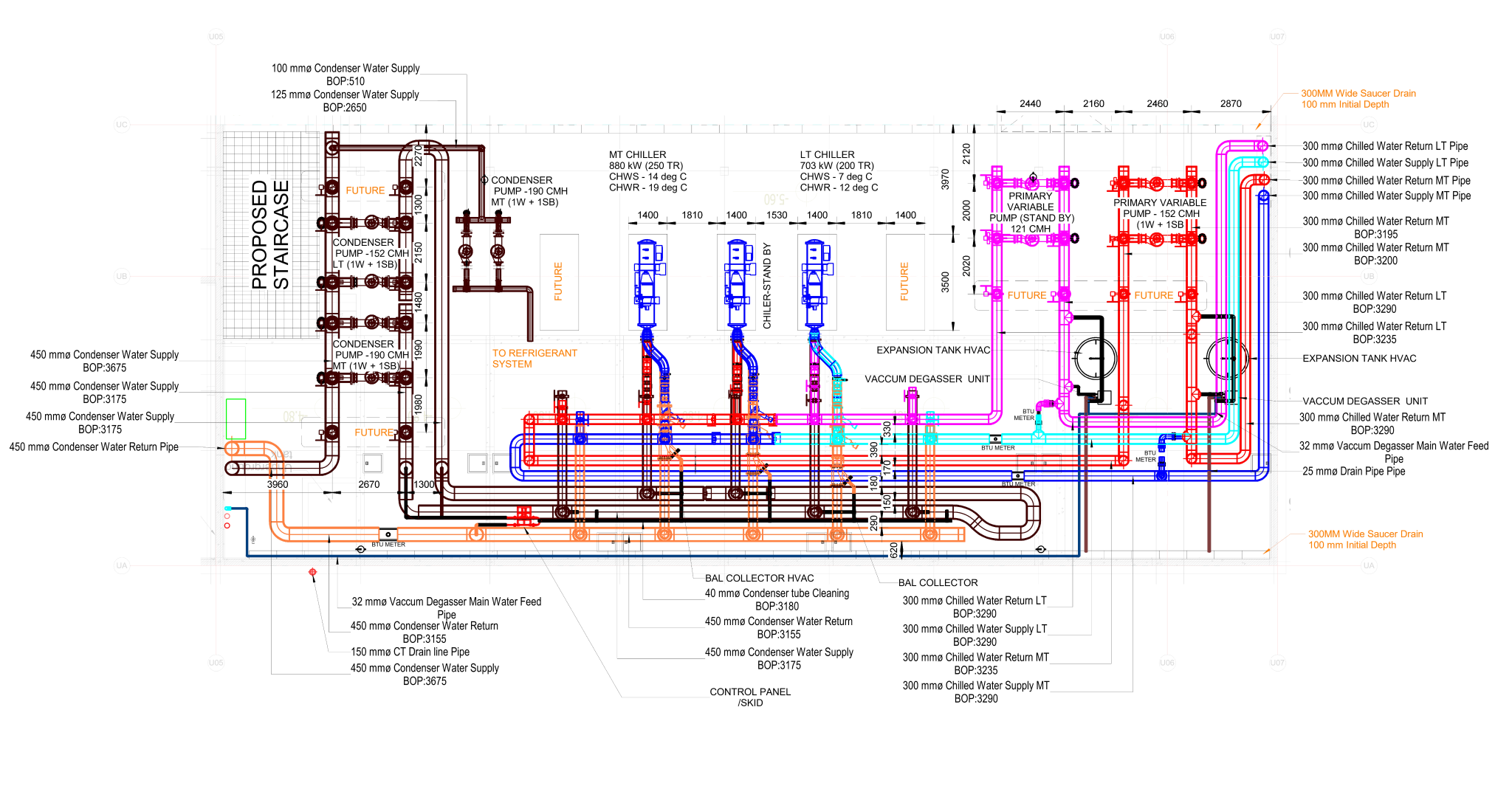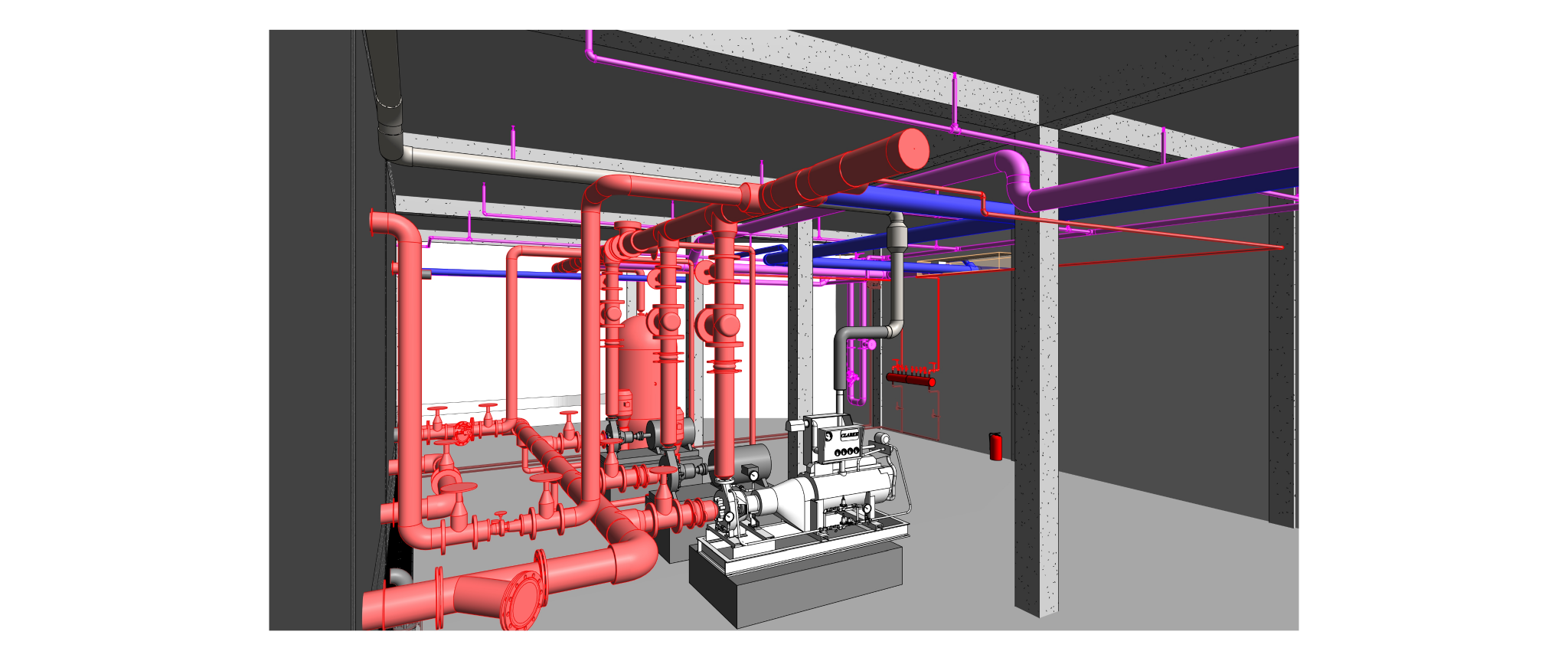A well-designed plumbing system is essential for the efficient distribution of water, proper drainage, and the overall functionality of a building. The design process involves a comprehensive approach to meet regulatory standards, ensure user convenience, and prioritize safety and sustainability. We are hereunder outlining the key considerations and steps in designing a plumbing system
- Regulatory compliance: Before commencing the design process, it is crucial to familiarize oneself with local building codes and regulations governing plumbing systems. Compliance ensures that the design meets safety standards and legal requirements.
- System layout: The layout of the plumbing system is fundamental to its functionality. This includes strategically placing fixtures, water supply points, and drainage locations. Accessibility for maintenance and repairs should also be considered in the system layout.
- Fixture selection: Careful consideration of fixtures is necessary for optimal performance. Factors such as flow rates, pressure requirements, and water efficiency are essential in choosing fixtures that align with the intended use of the space.
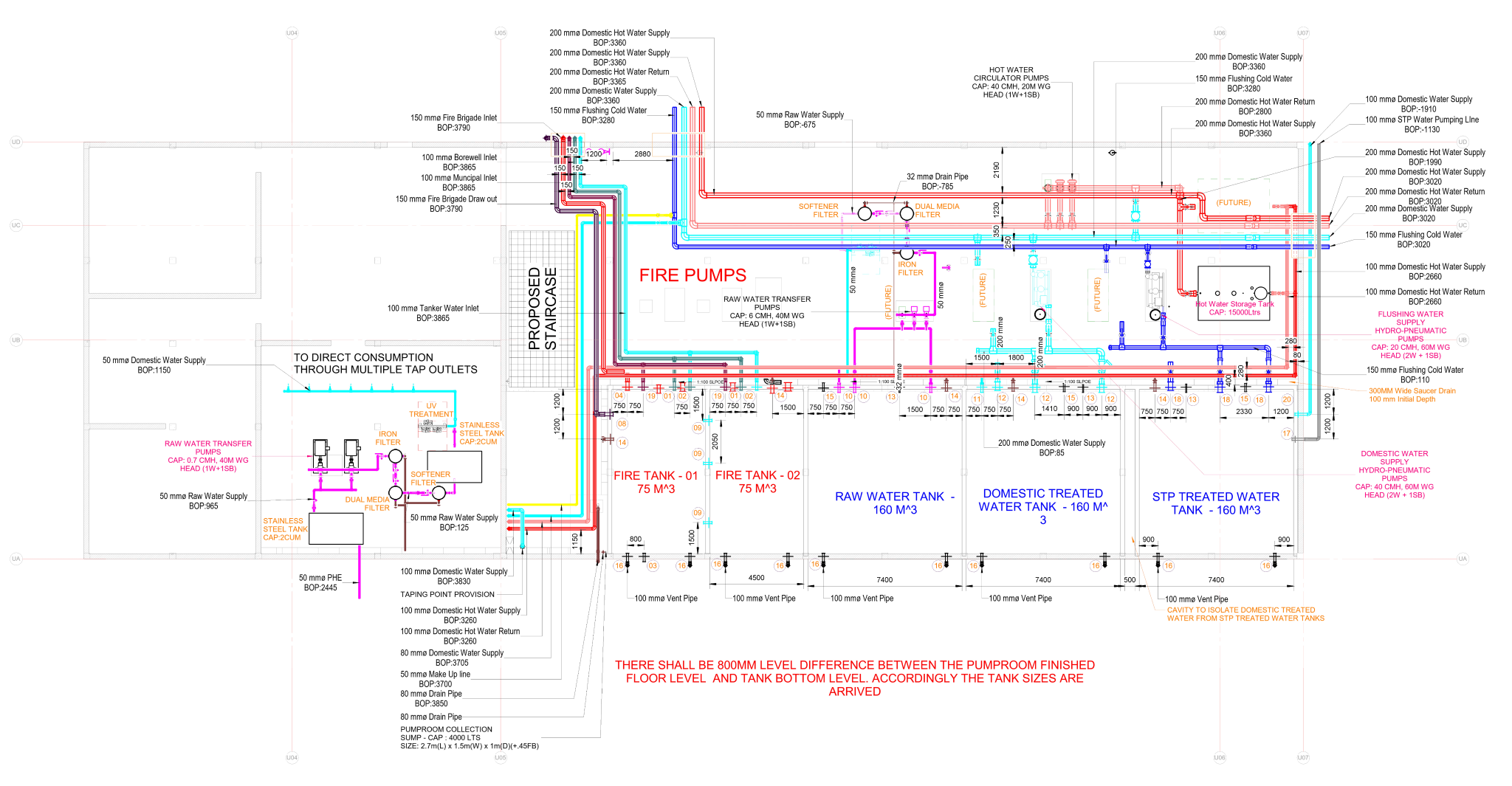
- Water supply system: Designing the water supply system involves ensuring adequate water pressure and flow to all fixtures. Consideration should be given to the water source (municipal, well, etc.) and the potential need for pumps.
- Hot water system: For spaces requiring hot water, the design should include the selection of appropriate heat pumps, water heaters or boilers. Factors such as capacity, recovery rate, and energy efficiency must be taken into account for efficient system design.
- Drainage system: Proper disposal of wastewater is ensured through a well-designed drainage system. Consideration should be given to the slope of pipes for gravity-driven drainage, and the inclusion of traps and vents to prevent sewer gases from entering the building.
- Ventilation: Ventilation systems are essential to prevent airlocks and maintain proper drainage. Adequate venting also helps in maintaining proper pressure in the pipes.
- Backflow prevention: To safeguard the clean water supply, backflow prevention devices should be incorporated in the design. These devices prevent the reverse flow of contaminated water into the clean water supply.
- Energy efficiency: Consideration of energy-efficient technologies, such as low-flow fixtures and energy-efficient water heaters, contributes to sustainability and cost-effectiveness over the system's lifespan.
In conclusion, a well-designed plumbing system requires a holistic approach that considers regulatory standards, user needs, safety, and sustainability. Collaboration with architects, builders, and other relevant professionals is essential throughout the design process to ensure a comprehensive and effective plumbing system.
